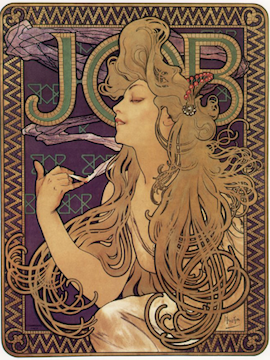Product Description
American Arts & Crafts ring, detailed and scrolling 14K gold mount with stylized leaves and blossoms surrounding a large cabochon amethyst (approx. 22+ carats TW), marked, c. 1915



American Arts & Crafts ring, detailed and scrolling 14K gold mount with stylized leaves and blossoms surrounding a large cabochon amethyst (approx. 22+ carats TW), marked, c. 1915
BERNHARD AMSTER (active Vienna early 20th century) Austria JEWELER, GOLDSMITH AND SILVERSMITH
“Winged Heart” Covered Box c. 1910
Handwrought and hand-hammered silver in a half oval form on four cylindrical feet with heart-shaped finial inset with bone and stylized silver feathers
Marked: BA (in a rectangle 2x), Austrian touchmark for 800 silver (in a pentagon 2x)
For more information see: Blühender Jugendstil – Österreich (Art Nouveau in Blossom – Austria), Firmen und Marken (Companies and Marks), Waltraud Neuwirth, II (Vienna: Selbstverlag Neuwirth, 1991)
H: 4 1/2″ x W: 6 1/2″ x D: 4 3/4″
Price: $5,750
